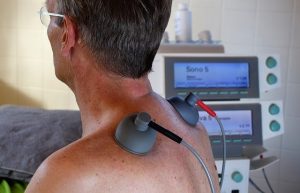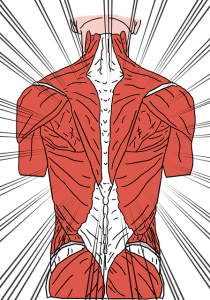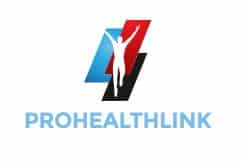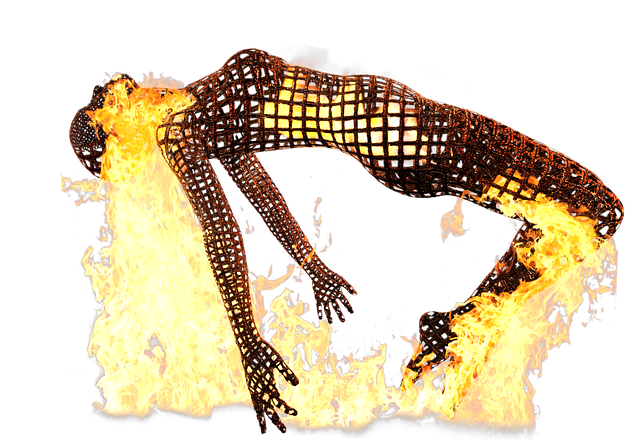Table of Contents
Musculoskeletal Injury in the Workplace
The most common musculoskeletal injury that we have seen in the workplace is the occurrence of a lower back injury. As we are all aware the construction industry is a very labor-intensive activity with tight deadlines and many other factors driving profit margins.

Employees are asked to work long hours and perform tasks that will “get the job done” without looking at the potential consequences that it may have on the employee’s welfare and family life. In many cases concrete work, carpentry, housekeeping, and other various activities can take a tremendous toll on the lower backs of workers. This often leads to a high rate of MSD in that area of the body.

Often tasks are performed without a proper plan or from the mentality in which employees try to appease the boss. On some occasions, workers are willing to put themselves at risk by taking shortcuts to “prove” themselves to be good workers.
We have had various training seminars and workshops provided to employees about safe lifting practices and have developed safe working procedures to try and mitigate this occurrence from happening. Policies have to be put in place along with stretching in hopes of reducing the amount of repetitive moment by workers to try and reduce the stress to their lower back region.
Implementing mandatory physiotherapy sessions paid by the employer is key. The goal of these sessions is for maintenance purposes. If the physiotherapist notices a small issue, they can resolve MSD before it becomes a more severe issue. This can potentially mitigate time lost in the workplace.
I think one of the most important items that we have implemented is the mandatory use of specialized PPE, for example, back belts when performing certain activities. To date, this use of PPE has been a strong solution as back belts are used to help support the lower back and they are used to prevent some major strains.

Although on the lower end of the hierarchy of controls, proper PPE use has reduced the number of workplace injuries throughout our company. I am happy to announce that fewer lower back claims as compared to the past. The effect on the employee is tremendous, it boosts morale and seems to make workers very happy that we are taking care of them in the field.
Employees report reduced pain and less effort in performing the activities required. They no longer worry about being able to play with the kids and enjoy family time. They go above and beyond their specified duties and the quality of the work performed keeps on improving.

I often spend a fair amount of capital on getting top quality PPE for the workers, I know exactly what they are feeling. I performed every task they have in the past. I have a very good understanding of MSD that occurs and what the workers are concerned about.
As management, we have dedicated and discussed the hierarchy of controls – elimination, substitution, administrative and engineering factors combined with the use of these back belts have significantly reduced the amount of injury, absenteeism, and lost time work claims.
Musculoskeletal Injury (MSI) Prevention
It will be the responsibility of the Employer to ensure that an MSI Risk Assessment is conducted when required Supervisor It will be the responsibility of the Supervisor to identify potential risk of MSI and implement practical measures. Workers It will be the responsibility of Workers to follow safe work practices and procedures to prevent MSI.
MSI Prevention
Chances are that every employee will, at work and at home, be involved in activities that involve lifting or moving heavy objects, stretching to reach an out of the way item, crawling to reach something at floor level, using a tool while in an awkward position, or repeating the same motions dozens of times an hour. These types of activities may lead to strains and sprains collectively known as Musculoskeletal Injuries (MSI). MSI can be prevented if personnel:
-
practice good housekeeping
-
pre-plan procedures to ensure the proper tools, equipment and number of personnel are available
-
minimize the distance materials have to be moved – plan storage and movements properly
-
store materials at or above hip height to minimize unnecessary bending
-
break or divide heavy or large loads into smaller loads for easier transport
-
use personal protective equipment such as knee pads, and gloves
-
get help when lifting heavy or bulky objects
-
don’t swing and throw heavy loads
-
lend a hand to workmates when necessary
-
use dollies, hoists, forklifts and other equipment to do a job more efficiently
-
use correct postures and avoid overexertion – use the squat technique for lifting, bend at the knees with back straight and head up, reduce twisting, keep loads in front of you; turn using your feet not your body
-
use extended handles on tools to reduce the need for crawling when doing floor level tasks
-
alternate activities
-
take part in a fitness program that will build muscle strength and flexibility
-
do some stretches and warm ups before any heavy or repetitive lifting jobs
-
take short breaks between stages of strenuous jobs
In conclusion, I am happy to see positive collaboration between employees and employers. We have worked together to drastically reduce the number of lower back sprains and strains as well as some major injuries that have led to the misfortune of the employee’s work-life balance.






